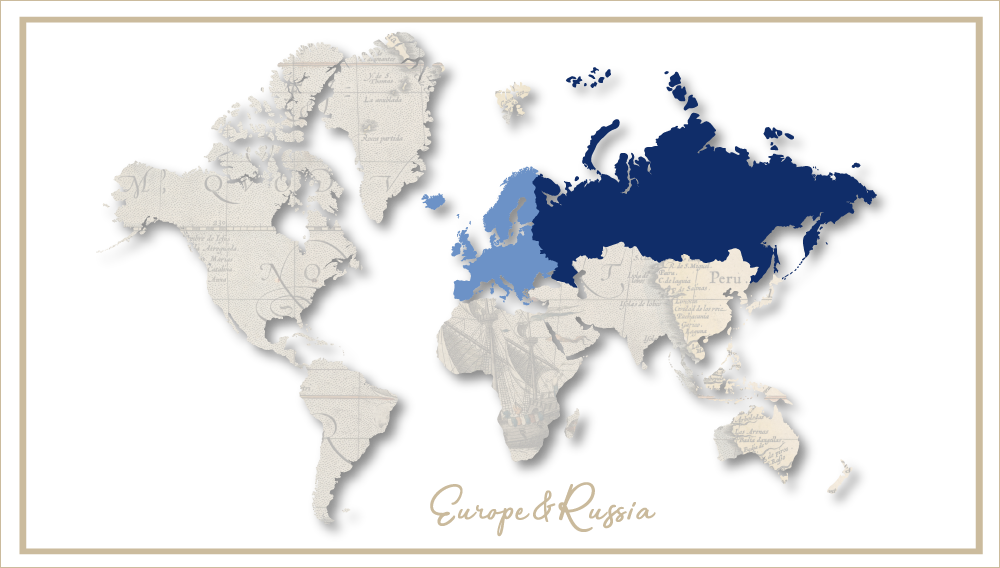Illicit alcohol and the plight of brewers
Ukraine is turning into Europe’s hub for illegal vodka. With illegal alcohol production estimated at 60 percent of total, smugglers are spreading the moonshine across all of Ukraine’s neighbouring countries. Their ingenuity at upscaling operations needs to be admired. Last year authorities discovered several pipes, each a kilometre long. Once assembled they would have formed a pipeline from Ukraine into Moldova, a country to the southwest of Ukraine which borders with the EU member country of Romania.
Blame it on the government’s hike in excise – almost to the level of the EU countries – and the all-pervasive corruption that illegal alcohol production is industrial in scale. Observers say that half of the country’s legal producers are in it too. How should they compete with the moonshiners otherwise? Although illegal vodka sells for less than half of the price of the legal variety, the take home for the vodka runners would be USD 0.70 for a bottle – for legal producers it is USD 0.07. Given the high share of illegal alcohol, the government deprives itself of USD 420 million in excise annually, reports say.
As illicit vodka rose, beer sales tanked. Between 2011 and 2016 beer production almost halved to 17.8 million hl in 2017 from 31 million hl in 2011, bringing per capita consumption down to 41 litres.
AB-InBev, which long used to be the market leader, saw its beer sales drop by more than five million hl over this period as did the domestic brewer Obolon. The decline for Carlsberg was two million hl according to estimates by Pivnoe Delo. Today Carlsberg heads the market with about 30 percent, followed closely by AB-InBev and Obolon.
The only winner was the Russian Oasis Group, which entered the market in the late Noughties through acquisitions and has managed to capture over ten percent by 2016.
Hardest hit by Ukraine’s political and economic woes – in 2014 the Crimea was annexed by Russia while the most densely populated and heavy-industry region of the Donbass in the east declared itself the Donetsk and Luhansk People's Republics – was Turkish brewer Efes.
Efes had become heir to SABMiller’s Sarmat brewery in Donetsk when the two merged their Russian and Ukrainian units in 2011. In 2008, SABMiller had bought Sarmat and reportedly invested over USD 140 million in modernising and upgrading the plant. In 2014, Sarmat churned out two million hl beer but was forced to shut down in 2016 because of the fighting.
Officially, the brewery has been closed for two years. Efes would have given up on it as it took to supplying the Ukraine market from its brewery in Moldova. But today no one knows what is really going on in Donetsk, whether the brewery is still down or has been restarted by the secessionists.
Small wonder that, following the merger between AB-InBev and Efes in Russia and the Ukraine in 2017, AB-InBev is running the show in the Ukraine. After all, AB-InBev and its local predecessor Sun Interbrew have been active in the country since the 1980s. AB-InBev runs three breweries there – in Kharkov, Chernigov, and Nikolaev. There have been persistent rumours that AB-InBev will close the Nikolaev plant which Dimitry Shpakov, President of AB-InBev Efes dispelled in a recent interview with the Ukrainian news outlet DSnews.
In the same interview he also announced that they plan to revive Efes’ brands and hike their output of non-alcoholic and low-alcoholic beers in accordance with AB-InBev’s global goal for this category.
Mr Shpakov expressed cautious optimism for the local beer market. In 2017 it grew 1.6 percent in volume terms over 2016. “This gives hope that the market will not simply stabilise, but will show positive dynamics,” he was quoted as saying.
Keywords
Ukraine international beer market beer sales
Authors
Ina Verstl
Source
BRAUWELT International 2018


